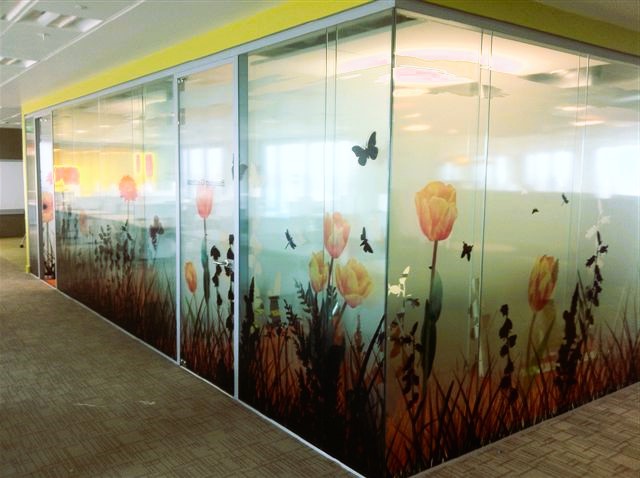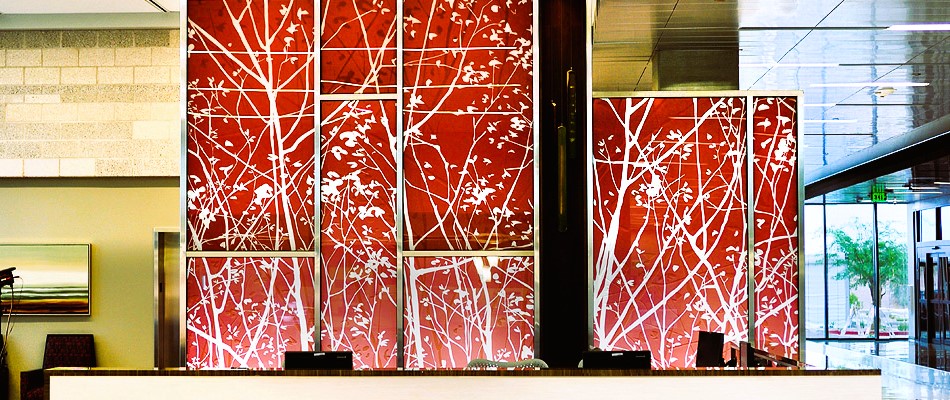In recent years, digital printing technology has revolutionized the way glass is decorated and customized for interior design applications. This innovative approach allows for highly detailed and personalized designs to be directly printed onto glass surfaces, offering endless possibilities for creating unique and visually stunning environments. In this article, we will explore the advancements in digital printing technology and how they are reshaping the world of interior design, as well as the standards and regulations governing this rapidly evolving field.
The Rise of Digital Printing in Interior Design
Traditional methods of decorating glass, such as etching, sandblasting, or applying decals, have limitations in terms of design flexibility, resolution, and color accuracy. Digital printing technology has emerged as a game-changer in the field of interior design, enabling designers to translate their creative vision into high-definition images and patterns directly onto glass substrates. By harnessing the power of advanced printing techniques, such as UV-curable, ceramic, or organic inkjet inks, designers can achieve vibrant colors, intricate details, and seamless transitions that were previously unattainable with conventional methods.
Customization and Personalization

One of the most significant advantages of digital printing technology is its ability to offer customization and personalization options to designers and end-users. Whether it’s creating bespoke artworks, replicating natural textures, or incorporating brand logos and signage, digital printing allows for unlimited design possibilities. With the ability to print on demand and in small quantities, designers can cater to individual preferences and tailor their designs to specific project requirements, resulting in truly one-of-a-kind interior spaces that reflect the personality and identity of their owners. Read about textured glass in our article.
Applications in Interior Design
Digital printing technology has found widespread applications in various aspects of interior design, including:
- Architectural Glass: Digital printing enables the creation of custom decorative glass panels, partitions, and feature walls that serve as focal points in residential, commercial, and hospitality environments.
- Backsplashes and Wall Cladding: Glass backsplashes and wall cladding can be embellished with intricate patterns, motifs, or photographic images, adding visual interest and personality to kitchens, bathrooms, and living spaces.
- Furniture and Fixtures: Glass tabletops, countertops, and furniture pieces can be adorned with artistic designs or branding elements, transforming ordinary surfaces into statement pieces.
- Retail and Branding: Digital printing allows retailers to showcase product imagery, branding messages, or promotional graphics on glass storefronts, display windows, and interior signage, enhancing brand visibility and customer engagement.
- Hospitality and Entertainment: Hotels, restaurants, and entertainment venues can use digitally printed glass elements, such as feature walls, room dividers, and bar counters, to create immersive and memorable guest experiences.
Standards and Regulations
As digital printing technology continues to evolve, it is essential to adhere to industry standards and regulations to ensure product quality, safety, and environmental sustainability. Organizations such as ASTM International and the International Organization for Standardization (ISO) provide guidelines and specifications for the testing, performance, and labeling of digitally printed glass products. Additionally, regulatory bodies such as Health Canada and the Environmental Protection Agency (EPA) oversee the use of printing inks and chemicals to ensure compliance with health and environmental safety standards.
Advancements in digital printing technology have opened up exciting possibilities for creating customized glass solutions that push the boundaries of interior design. From intricate patterns and textures to lifelike imagery and branding elements, digital printing allows designers to unleash their creativity and imagination, transforming ordinary spaces into extraordinary environments. By staying informed about the latest trends, standards, and innovations in digital printing, designers can continue to push the envelope and deliver exceptional design experiences that inspire and delight.
For more information on digital printing technology and its applications in interior design, please visit Wikipedia.

